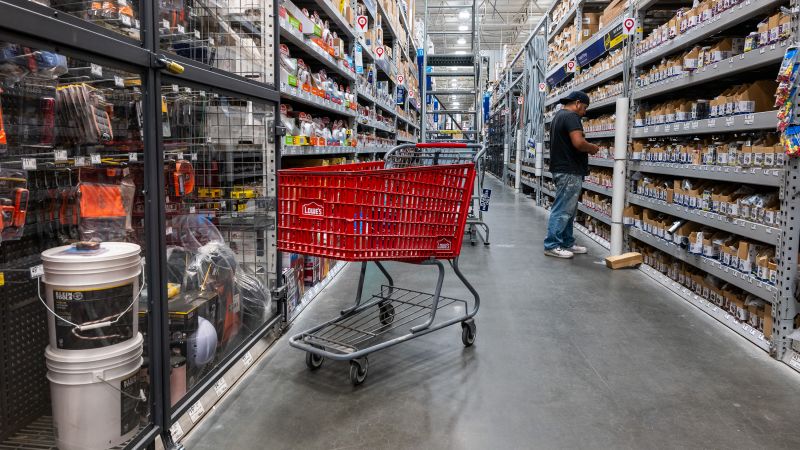American shoppers are playing a key role in driving the US economy, with spending at retailers rising 0.4% in September compared to the prior month. This growth was stronger than August’s 0.1% increase and aligned with expectations from economists. Retail sales saw an increase across most categories, with specialty stores, clothing stores, and health and personal care shops experiencing the largest gains. Sales at bars and restaurants also rose by 1% in September. While spending at gas stations fell by 1.6%, this was attributed to lower gas prices. Excluding gas sales, retail spending saw a more significant increase of 0.6%. Sales of electronics and appliances declined by 3.3% in September.
Consumer spending accounts for approximately 70% of the US economy, with retail sales being a significant portion of that. The latest data indicates that Americans are still willing to spend despite years of high inflation and interest rates that are beginning to decrease from a two-decade high. This resilience in consumer spending is seen as a positive signal for the overall economy and suggests that the US is not currently facing a recession. The Federal Reserve recently implemented a half-point rate cut, the first decrease in interest rates in over four years. Fed Chair Jerome Powell noted that this decision was made in part to support the US job market and prevent it from weakening.
The strength in retail sales suggests that consumer confidence remains robust and that Americans are continuing to make purchases despite economic uncertainties. The increase in spending at various types of stores indicates that consumers are willing to invest in a variety of goods and services. The decline in gas station sales was likely a result of lower gas prices, providing consumers with more disposable income to spend elsewhere. While sales of electronics and appliances saw a notable decrease in September, the overall trend in retail spending remains positive.
The Federal Reserve’s decision to lower interest rates reflects a proactive approach to supporting the economy and job market. By reducing borrowing costs, the Fed aims to stimulate economic activity and encourage consumer spending. The rate cut, coupled with the strong retail sales figures, suggests that the US economy is on solid footing and that policymakers are taking actions to sustain growth. As the situation continues to evolve, further updates and data releases will provide additional insights into the state of the economy and the outlook for consumer spending.
Overall, the recent increase in retail sales demonstrates the resilience of American consumers and their willingness to spend in various sectors of the economy. Despite external pressures such as inflation and interest rates, consumers remain confident in their purchasing power. The developments in retail spending, along with the Federal Reserve’s rate cut, indicate a positive outlook for the US economy and suggest that consumer activity will continue to drive economic growth in the coming months. By monitoring key indicators such as retail sales, policymakers and analysts can assess the health of the economy and make informed decisions to support continued prosperity.















